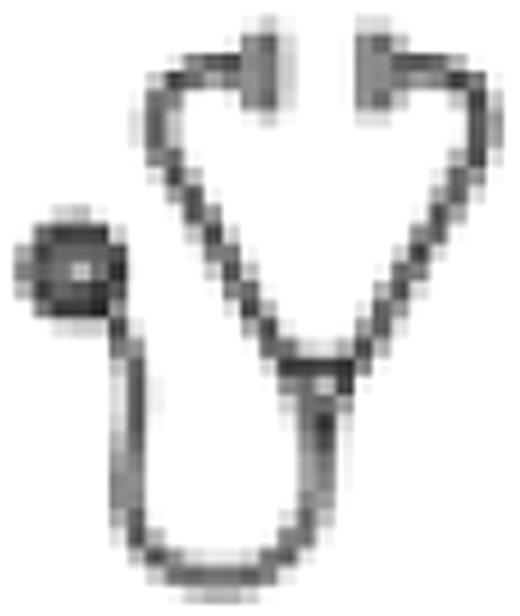Abstract
Abstract 1182
The ability to predict the number of CD34+ cells a patient will collect after mobilization is vital to efficient apheresis. It is common to quantify circulating blood CD34+ cells/μL prior to collection. Cut off values for initiating collection based on this number are usually based on experience at each center. We developed a formula for predicting CD34+ cell collection based on specific laboratory values and constants.
Data were reviewed for all 234 patients who collected CD34+ cells at our institution from 7/1/09 to 6/30/10 using a large volume (30 L processed) leukapheresis on a COBE® Spectra. Predicted numbers of CD34+ cells collected/L blood processed were calculated based on the following formula: (peripheral blood CD34+ cells/μL) × (estimated collection efficiency of 30%) / body weight (kg). The value obtained is multiplied by 30 to predict collection for a processed volume of 30 L. For the 234 patients, a total of 811 collection events were analyzed. The 811 collection events included 526 male and 285 female collections. Multiple myeloma was the diagnosis for 625 collection events, with 186 collections obtained from non-myeloma patients. Age ranged from 21 to 84 years (median 62). The CD34+ cells collected were quantified by flow cytometry using the ISHAGE protocol on a FACSCalibur™ instrument. All 811 predicted CD34+ counts were plotted on the x-axis against their corresponding observed counts (y-axis) and the scatter plot was assessed for a linear relationship between predicted and observed. A linear regression analysis was performed and the linear correlation coefficient (r-value) was calculated. The slope and intercepts of the regression line were evaluated. Observed collection events were also subcategorized into three groups: “good” mobilizers (>10×106 CD34+ cells/kg; n=91 collection events), “slow” mobilizers (>2 to ≤10×106 CD34+ cells/kg; n=335 events), and “poor” mobilizers (≤2×106 CD34+ cells/kg; n=385 events). The same analyses were performed on these subgroups.
Predicted versus observed data points across all quantities of CD34+ cells collected had a strong r-value of 0.947 demonstrating near perfect linear correlation. The equation of the line was y=1.15x+0.25, indicating that the model consistently slightly underpredicts the number of CD34+ cells/kg obtained at collection. The same data subcategorized by type of mobilizer (good, slow, and poor), confirmed linear relationships even over these narrower collection spans, still with relatively good r-values of 0.848, 0.777, and 0.703, respectively. The unique regression line for poor mobilizers revealed that at extremely low predicted collections (e.g. 0.05×106 CD34+ cells/kg) the formula underpredicts, however as one approaches 2×106 CD34+ cells/kg, the formula more closely predicts the number of cells collected (y=0.72x+0.35). For slow mobilizers, the formula consistently predicts over the entire range the observed number of CD34+/kg collected (y=0.68x+1.91). Finally, the individual regression line for good mobilizers revealed a consistent slight underprediction over the entire range (y=0.95x+4.45).
Our formula shows a strong ability to predict CD34+ cell/kg collection for all types of mobilizers. Clinical benefits of this formula include knowing how many days a patient may need to collect to acquire a certain number of cells. Laboratory benefits include providing advance estimates of how many collection bags will be needed for a patient, how much freeze mix to prepare, and how many cassettes to prepare for storage. Finally, a predictive formula can play an important role in quality control of apheresis.
No relevant conflicts of interest to declare.

This icon denotes an abstract that is clinically relevant.
Author notes
Asterisk with author names denotes non-ASH members.

This feature is available to Subscribers Only
Sign In or Create an Account Close Modal